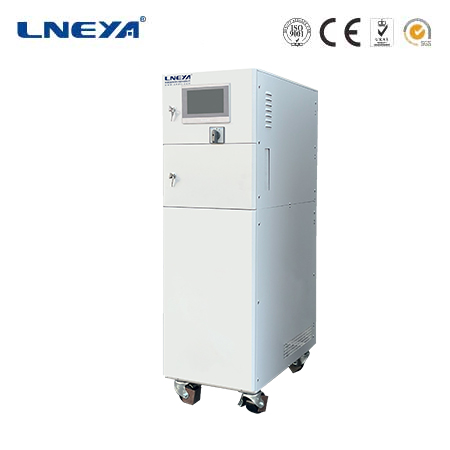low pressure chiller
Understanding Low Pressure Chillers
Low pressure chillers represent a class of refrigeration systems that operate at pressures below atmospheric pressure. This design allows for the use of refrigerants with lower boiling points, which in turn reduces the energy required to compress the refrigerant, leading to increased efficiency and reduced environmental impact.

Technical Principles of Low Pressure Chillers
The technical principles of low pressure chillers involve the use of low pressure refrigerants that can operate efficiently at lower pressures than traditional refrigerants. This is particularly beneficial in applications where high pressure can be a limiting factor, such as in low-temperature ORC systems for waste heat recovery. Research has shown that low GWP refrigerants like R1233zd(E) and R1224yd(Z) are promising candidates for use in low pressure chiller applications.
Applications of Low Pressure Chillers
Low pressure chillers have a wide range of applications, including:
Industrial Processes: They are used in various industrial processes where precise temperature control is required, and high pressure systems may not be suitable.

Waste Heat Recovery: In ORC systems, low pressure chillers can effectively capture and utilize waste heat, converting it into useful energy.
Low Temperature Applications: They are ideal for applications that require operation at low temperatures, where traditional chillers may not be as efficient.
Market Trends and Environmental Benefits
The market for low pressure chillers is growing due to several factors:
Sustainability: There is a growing demand for sustainable cooling solutions that minimize environmental impact, and low pressure chillers with low GWP refrigerants fit this need.
Efficiency: The increased efficiency of low pressure chillers leads to cost savings and reduced energy consumption, making them an attractive option for many applications.
Regulatory Compliance: As regulations around refrigerant emissions become more stringent, low pressure chillers with low GWP refrigerants are becoming the preferred choice.
Technological Developments

Technological advancements in low pressure chillers include:
Refrigerant Development: The development of new, low GWP refrigerants that can operate efficiently at low pressures is a key area of focus.
Material Compatibility: Research into the compatibility of these new refrigerants with various materials used in chiller systems is crucial to ensure long-term reliability and safety.
Heat Transfer Enhancements: Improvements in heat exchanger designs and materials can lead to more efficient heat transfer, further enhancing the performance of low pressure chillers.
In conclusion, low pressure chillers offer a range of benefits, including increased efficiency, reduced environmental impact, and the ability to operate in applications where high pressure systems are not suitable. As the market continues to grow and technology advances, low pressure chillers are becoming an increasingly popular choice for a variety of cooling applications.
Related recommendations
scroll water chiller
685Scroll Water Chiller: Technology and Efficiency Scroll water chillers are a type of HVAC equipment that utilize scroll compressor technology to provide efficient and reliable cooling. These chi...
View detailstest accessories
372Test Accessories: Enhancing Measurement Accuracy and Reliability Test accessories are essential components in the field of test and measurement, providing the necessary tools to enhance the cap...
View detailsheating equipment in laboratory
338Heating Equipment in LaboratoryTemperature control is of utmost importance in laboratory settings as it can significantly influence the outcome of experiments. Heating equipment in laboratories co...
View detailsammonia chillers
551Understanding Ammonia Chillers Definition of Ammonia Chillers Ammonia chillers are refrigeration systems that use ammonia as the refrigerant to absorb and remove heat from a space or a proce...
View details
 LNEYA Thermal Test Chillers
LNEYA Thermal Test Chillers





HelloPlease log in